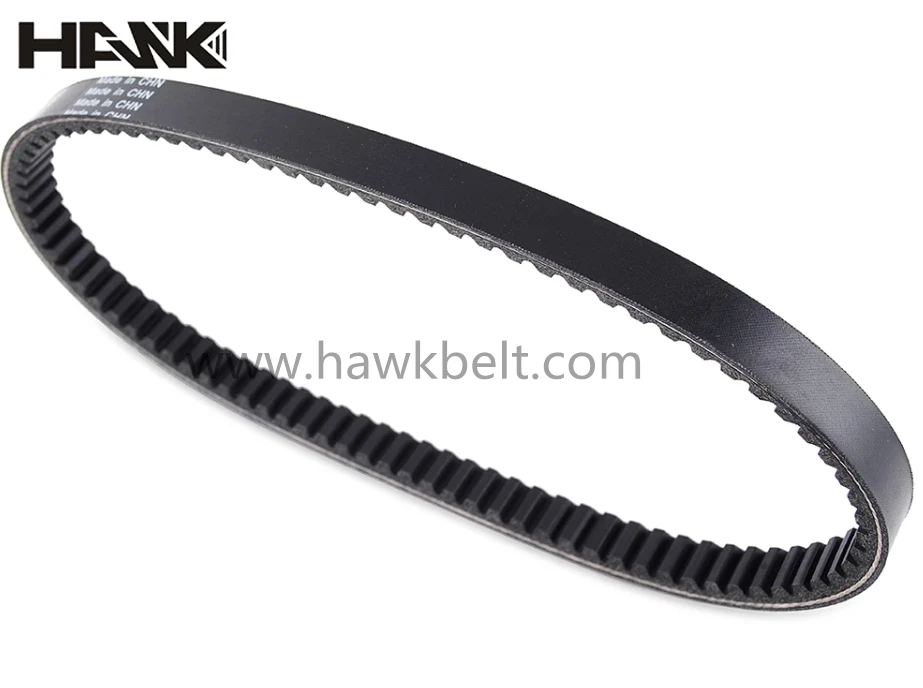- Arabic
- French
- Russian
- Spanish
- Portuguese
- Turkish
- Armenian
- English
- Albanian
- Amharic
- Azerbaijani
- Basque
- Belarusian
- Bengali
- Bosnian
- Bulgarian
- Catalan
- Cebuano
- Corsican
- Croatian
- Czech
- Danish
- Dutch
- Afrikaans
- Esperanto
- Estonian
- Finnish
- Frisian
- Galician
- Georgian
- German
- Greek
- Gujarati
- Haitian Creole
- hausa
- hawaiian
- Hebrew
- Hindi
- Miao
- Hungarian
- Icelandic
- igbo
- Indonesian
- irish
- Italian
- Japanese
- Javanese
- Kannada
- kazakh
- Khmer
- Rwandese
- Korean
- Kurdish
- Kyrgyz
- Lao
- Latin
- Latvian
- Lithuanian
- Luxembourgish
- Macedonian
- Malgashi
- Malay
- Malayalam
- Maltese
- Maori
- Marathi
- Mongolian
- Myanmar
- Nepali
- Norwegian
- Norwegian
- Occitan
- Pashto
- Persian
- Polish
- Punjabi
- Romanian
- Samoan
- Scottish Gaelic
- Serbian
- Sesotho
- Shona
- Sindhi
- Sinhala
- Slovak
- Slovenian
- Somali
- Sundanese
- Swahili
- Swedish
- Tagalog
- Tajik
- Tamil
- Tatar
- Telugu
- Thai
- Turkmen
- Ukrainian
- Urdu
- Uighur
- Uzbek
- Vietnamese
- Welsh
- Bantu
- Yiddish
- Yoruba
- Zulu
Dec . 03, 2024 11:58 Back to list
v belt sizes
Understanding V-Belt Sizes A Comprehensive Guide
V-belts are an essential component in various machinery and mechanical systems, playing a vital role in transferring power from one component to another. Their unique design allows them to fit into grooves, providing effective traction and reducing slippage, which is critical for maintaining the efficiency of mechanical devices. Understanding V-belt sizes is crucial, not only for choosing the right belt for a particular application but also for ensuring optimal performance and longevity.
The Importance of V-Belt Sizes
V-belts come in several sizes and types, each suited for different applications. The size of a V-belt is determined by its length, width, and profile. The dimensions influence how well the belt will fit in the pulleys, as well as its capacity to handle loads. Using the wrong size can lead to premature wear, slippage, and even catastrophic failures in machinery.
Common Types of V-Belts
1. Classic V-Belts These are commonly found in household appliances, lawn equipment, and automotive applications. Classic V-belts have a trapezoidal cross-section, which creates a wedging effect in the pulley system.
2. Narrow V-Belts Known for their higher load capacity compared to classic V-belts, narrow V-belts are used in applications requiring higher speeds and load demands.
3. Cogged V-Belts These belts feature notches or cogs that enhance flexibility and help reduce heat buildup. They are ideal for applications with tight pulley configurations.
4. Raw Edge V-Belts These belts have a raw edge that aids in friction and grip. They are suitable for high-performance applications, offering better traction and lifespan.
Measuring V-Belt Sizes
v belt sizes

To accurately determine the correct V-belt size needed for a specific application, several measurements must be taken
1. Length The belt length is vital and is typically measured using a cord or string around the pulleys. The measurement obtained is then adjusted according to the manufacturer's specifications, often converting it to an actual belt length that corresponds to standard sizes.
2. Width The width of the V-belt affects the load it can carry. Standard widths for V-belts range from 1/2 inch to over 2 inches, depending on the belt type. A wider belt can distribute loads more effectively and reduce stress on the system.
3. Profile The profile indicates the shape of the belt's cross-section. Common profiles include A, B, C, and D shapes, each indicating different dimensions suited for specific applications.
Selecting the Right V-Belt Size
Choosing the right V-belt involves considering several factors
- Load Requirements Understand the application's load requirements to select a belt that can handle the necessary torque without failure. - Operating Conditions Consider the environment where the belt will be used. High temperatures, moisture, and dust can affect belt performance and longevity.
- Pulley Size and Configuration Ensure that the selected belt fits the existing pulleys correctly and that its profile matches the grooves.
Conclusion
In conclusion, understanding V-belt sizes is crucial for the effective operation of many mechanical systems. Proper sizing not only enhances performance and efficiency but also extends the life of the belt and the machinery it drives. By considering the factors of length, width, and profile, along with application-specific requirements, users can make informed decisions when selecting V-belts. Whether for industrial machines or home appliances, the right V-belt size will ensure smooth operation and reliability. When in doubt, consulting with a knowledgeable supplier can often save time and prevent costly mistakes.
-
Upgrade Power Steering Pump Belt for Smooth, Quiet Operation
NewsAug.27,2025
-
Precision Timing Belt & Chain: Engine Performance & Durability
NewsAug.26,2025
-
Precision Lathe Drive Belts: Durable & Reliable Performance
NewsAug.25,2025
-
84.5 Serpentine Belt: Durable & Precision Fit for Your Engine
NewsAug.24,2025
-
Premium Ribbed Drive Belts for Quiet Power Transmission
NewsAug.23,2025
-
High-Performance Vehicle Timing Belt for Engine Precision
NewsAug.22,2025

